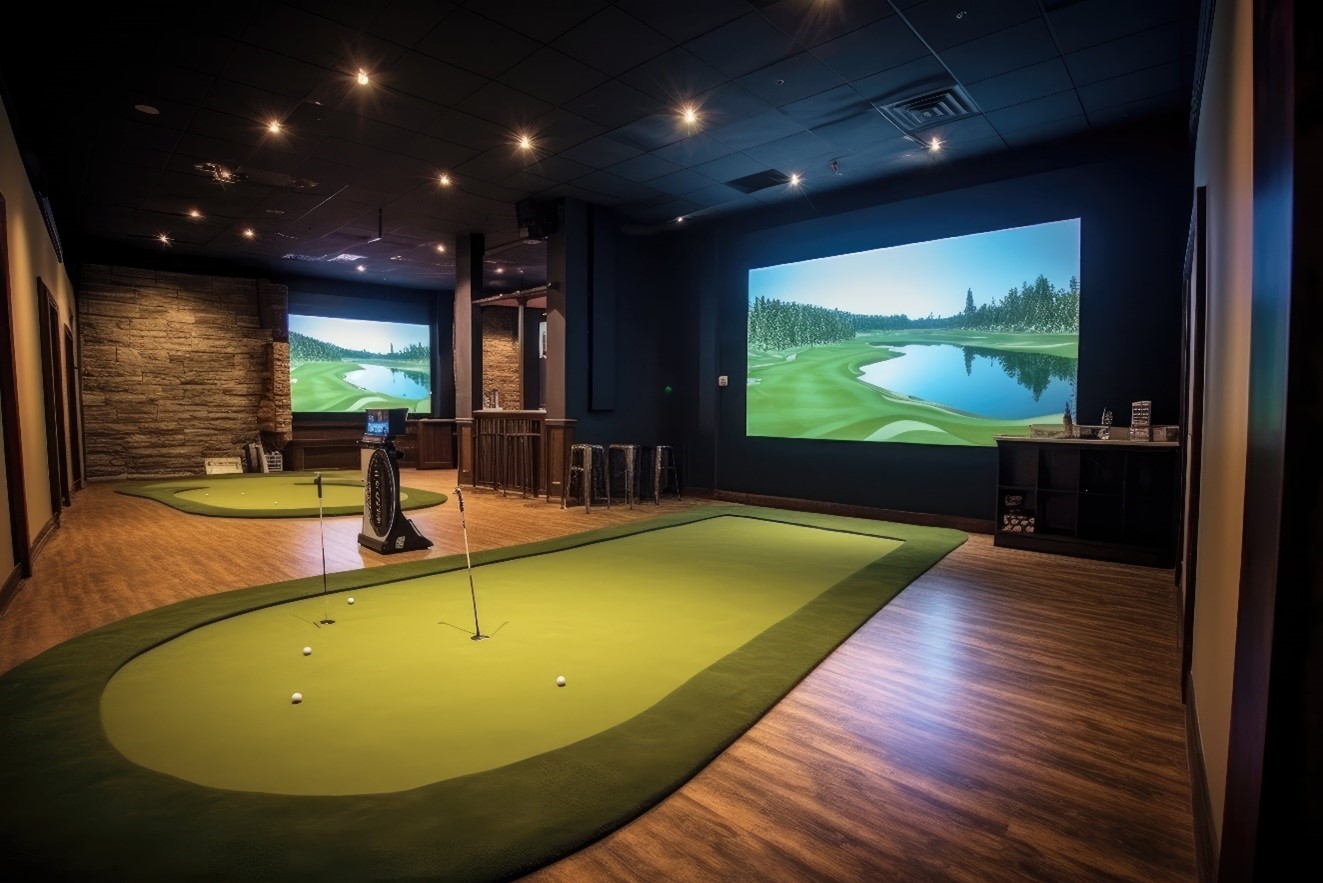Golf, a sport known for its traditions and deep-rooted customs, is now embracing technological advancements that are reshaping how the game is played, practiced, and experienced. Christopher Peyton Crawford of Mississippi explains that innovations in robotics and artificial intelligence (AI) are increasingly finding their place in the sport, allowing for enhanced training, better player analysis, improved course management, and even unique experiences for spectators. From smart clubs to AI-powered analytics, these advancements are driving the evolution of golf in remarkable ways.
The Role of AI in Player Development
One of the most significant ways AI is enhancing the game of golf is through data-driven insights that help golfers improve their skills. AI technology can now analyze a golfer’s swing, identify weaknesses, and suggest corrections in real-time. Christopher Peyton Crawford of Mississippi explains that with the introduction of smart sensors and AI-driven applications, golfers no longer need to rely solely on a coach for feedback.
AI-powered systems like the Arccos Caddie, for example, use sensors attached to clubs to track each swing and collect data on distance, accuracy, and even environmental factors like wind and slope. These systems then analyze the data to provide personalized recommendations, helping golfers make smarter decisions on the course. The AI learns from every shot, enabling it to make more accurate predictions for future swings.
Christopher Peyton Crawford of Mississippi understands that AI-driven swing analyzers also offer detailed reports on key metrics like club speed, swing path, face angle, and ball trajectory. For players at all levels, this kind of feedback can significantly reduce the learning curve, allowing them to fine-tune their technique more efficiently than ever before.
Robotics and Golf Course Maintenance
Robotics is playing an increasingly prominent role in maintaining golf courses, providing a more sustainable and efficient approach to turf management. Robotic mowers are now being used on golf courses worldwide to maintain greens and fairways with precision and consistency. Christopher Peyton Crawford of Mississippi explains that these machines are equipped with sensors and GPS technology to ensure even coverage, optimize mowing patterns, and reduce fuel consumption and emissions compared to traditional mowing equipment.
For example, autonomous mowers like the Toro Greensmaster eTriFlex feature GPS-guided systems that map the course, ensuring that no area is missed while also avoiding over-cutting. These robots can operate around the clock, even at night, which allows for consistent maintenance without disrupting play. Additionally, the data collected by these machines can be used by groundskeepers to monitor grass health, water usage, and soil conditions, leading to more informed decisions that improve course quality and sustainability.
Robotic bunker rakes are also being introduced, automating the labor-intensive task of maintaining sand traps. These machines can smooth and clean bunkers efficiently, freeing up grounds staff for other important tasks. Christopher Peyton Crawford of Mississippi emphasizes that by integrating robotics into course maintenance, clubs are able to reduce costs, minimize human error, and keep courses in top condition year-round.
AI and Smart Golf Equipment
The rise of smart golf equipment is another exciting development in the sport, with AI being embedded directly into clubs and balls to enhance performance. Smart clubs, like those from Cobra Golf’s KING series, incorporate sensors that track every aspect of a player’s swing. Paired with mobile apps, these clubs offer immediate feedback on swing mechanics and suggest adjustments to improve the golfer’s game.
Similarly, AI-enhanced golf balls, like the OnCore Genius, feature embedded sensors that collect data on speed, spin, and trajectory. Players can analyze this data post-round to understand how different conditions affect their shots and how to adapt their strategies for future games. For golfers looking to elevate their play, the ability to access such in-depth analysis offers an unprecedented level of insight.
Christopher Peyton Crawford of Mississippi explains that these smart tools not only provide real-time feedback but also help players optimize their equipment based on performance data. AI can suggest the ideal club or ball for a given situation, further refining a player’s ability to perform under varying conditions.
Robotics in Golf Simulators and Training
Golf simulators once considered a luxury for elite players, are now accessible to a broader audience thanks to advances in AI and robotics. High-end simulators combine AI with robotics to recreate the experience of playing on famous courses around the world. These simulators use machine learning algorithms to analyze the player’s swing and predict ball flight with incredible accuracy, even adjusting for wind speed and direction.
Robotic systems like RoboGolfPro take this a step further by guiding a player through the perfect swing. RoboGolfPro is a robotic swing trainer that physically moves a player’s body through the ideal swing path, helping them develop muscle memory. Christopher Peyton Crawford of Mississippi understands that this type of hands-on training can drastically speed up skill acquisition, allowing players to experience how a perfect swing feels in real-time. With these technologies, golfers can practice in a controlled environment and receive immediate feedback, enabling rapid improvement.
AI-powered simulators also provide a valuable tool for professional golfers who want to practice on virtual replicas of courses they’ll play in upcoming tournaments. Christopher Peyton Crawford of Mississippi explains this allows them to strategize and refine their approach long before stepping onto the actual course.
Enhancing the Spectator Experience
Beyond player development and course management, AI and robotics are also enhancing the experience for fans and spectators. AI-powered cameras are now being used at major tournaments to track every shot in real-time and deliver detailed analytics to broadcasters. This allows commentators to provide viewers with more in-depth insights into a player’s performance.
Additionally, virtual reality (VR) and augmented reality (AR) technologies powered by AI are bringing new dimensions to how fans experience golf. AR apps can overlay stats and visualizations onto the course, allowing fans to follow the trajectory of a shot or view historical data about a player’s performance. In VR, fans can virtually step onto the course and experience the game from the perspective of a professional golfer. These innovations are making golf more interactive and engaging for a new generation of fans.
The Future of AI and Robotics in Golf
As AI and robotics evolve, their golf applications will undoubtedly expand. Future innovations could include AI-driven personalized training programs that adapt to a player’s learning style, autonomous drones that provide aerial views of the course for strategy planning, and even more sophisticated AI systems capable of predicting outcomes based on real-time data.
Christopher Peyton Crawford of Mississippi explains that integrating these technologies is transforming how the game is played, coached, and experienced. While golf will always maintain its core traditions, adopting AI and robotics makes the sport more accessible, efficient, and enjoyable for players of all levels.
Technological innovations in golf, particularly in AI and robotics, are pushing the boundaries of what’s possible in the sport. From improving player performance with AI-driven feedback to revolutionizing course management with robotics, these advancements are enhancing every aspect of the game. Christopher Peyton Crawford of Mississippi emphasizes that as the sport continues to embrace these innovations, golfers can look forward to a future where technology and tradition coexist to create an even more dynamic and rewarding experience on the course.

